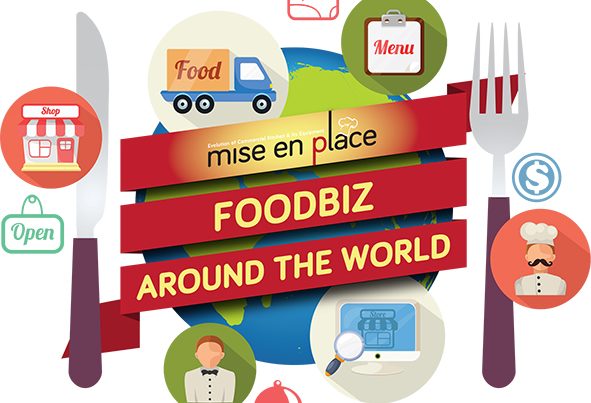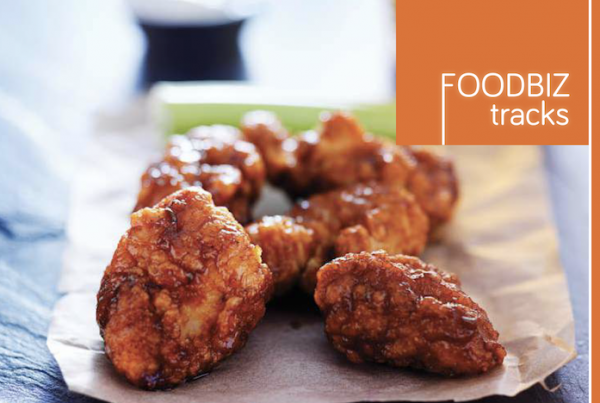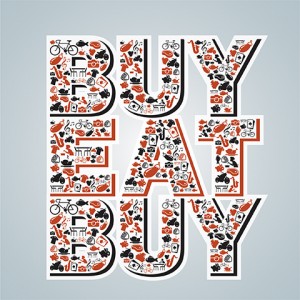 “CONVENIENT”. The buzz word for modern lifestyles isn’t it? We have much to accomplish and we believe we need everything at our finger tips and same goes for food. There is not much time to travel to the wet market for fresh produce, to the hypermarket for other grocery items and to stop by another restaurant for a meal. We want more from our foodservice providers.
“CONVENIENT”. The buzz word for modern lifestyles isn’t it? We have much to accomplish and we believe we need everything at our finger tips and same goes for food. There is not much time to travel to the wet market for fresh produce, to the hypermarket for other grocery items and to stop by another restaurant for a meal. We want more from our foodservice providers.
Let’s star t with convenience stores. All food sold used to be packaged to-go and stores are now ser ving freshly brewed coffee, hot pastries, cooked items in warmers and even frozen meals. Some have microwaves to reheat food and allocated counters for eating. Apart from just a wider range of food items, these stores begin to provide bill payment services, refilling credits of pre-paid cards – extras that enable us to do more with less.
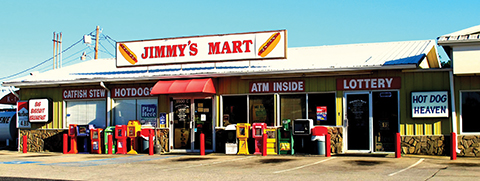
This “dual concept”sparked ideas in food entrepreneurs. Most of us have more than one interests; so why not combine them? My hobby and food! People sharing the same hobbies naturally gravitate to each other. What better way to be “the” place for food and passion?This trend has sprung many offshoots in the world of foodservice. These niche cafes would embody what it means to retail and serve food at the same time as retail is defined “the sale of goods to the public in relatively small quantities for use or consumption rather than for resale.”With many operating for hobbyists, they would also likely have a retail section. These are some examples we have come across:
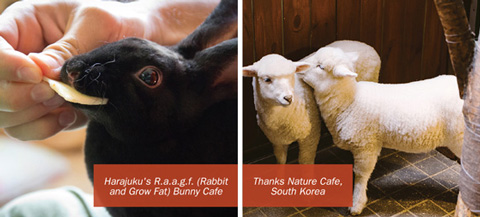
• Animal Cafes – pet owners are allowed to bring in their pets to the premise. Some make it the place for resident pets which are the ‘main customers’ and people are to go by the rules designed around the pets’ needs. Dogs, cats, rabbits, birds, even a sheep and goat cafes exist.
• Fashion Cafes – a combination that works relatively well and the small selection often gives an idea that the apparel is exclusive and less commercialised.
• Music Café – either led by retail of instruments, a space for live sessions or selling of records that are typically non mainsteam. It can be a combination of all these as well.
• Board Games Café – If you’re an avid fan of board games, where else can you get almost any game under the sun?
• Photography Café – usually designed with paraphernalia of the hobby, it is an ideal spot for photography enthusiasts and the vintage edge makes it attractive. For example, the Other wise Cafe – a wedding studio by day and cafe by night located in Kuala Lumpur.
• Motorbike / Bicycle Café – come get your superbikes cleaned, purchase some biking gear and have something to munch.
The above examples are creative and do add colour to the industry. However, the setting up is perhaps less complex for the kitchen usually remains separate from the service area. One of the fastest growing branch of retail X restaurant lately is the GROCERANT. Simply put, a grocer + restaurant and we will look at why the concept appeals and the factors to consider in operating one.
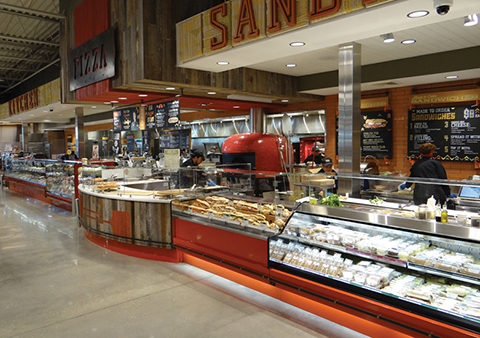
ENTER THE GROCERANT
Already promising more food than you could digest with mind boggling choices while you grocery shop; your favourite supermarket now throws in a full-fledged restaurant in the same premise! Truly, you can have your cake and eat it . The first glimpse of this convenience take started in late 1980s when a Boston Market sold whole chicken dinners with all the sides as takeout food. That could have spurred other supermarkets to improve their game. In a generation where both parents typically work, cooking at home daily is becoming a rare activity.
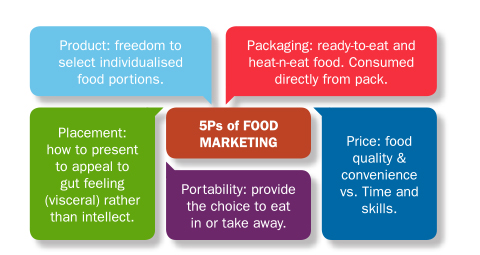
And then there are the singletons or couples who have little time to sit down properly to a meal; let alone plan what to cook! Many have resorted to pricey take-outs or frozen meals that are undeniably higher in preservation elements and often not balanced in nutrition. Between the expensive restaurant prices and less than healthy fast food lies the grocerant. According to Steven Johnson, a professional in conceptualising and setting up grocerants, it is a place selling “food items that are ready to eat or ready to heat”and ranges from items at the deli to a designated buffet area. Johnson suggests the 5Ps format of of food marketing which can be adapted to whichever level of grocerant one wants to be.
Some commonly seen items at the prepared foods corner of a grocer / supermarket would be:
• Roasted and fried chicken
• Pastas / grain-based food
• Salads / salad bars
• Ready / custom prepared pizzas and sandwiches
• Sushi
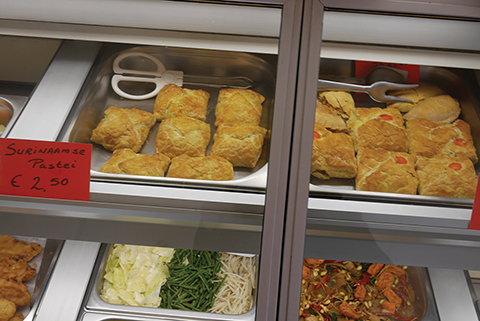
You might find grocers in more upmarket locations making supermarkets a grander experience by making space for a proper sit-down meal. Kitchens are built and more customisation is allowed as customers can request for the chef to cook an item they just picked up from the shelf. The menu would tend to be vast; ranging from appetisers all the way to desserts. According to American market research company, NPD Group, in-store dining and takeout of prepared foods from grocers have grown nearly 30% since 2008 in the USA alone.
The leap resulted in the market size for grocer y prepared foods now to be nearly USD29 billion; which has inadvertently cut into traditional QSR traffic flow. For us who can afford it, eating has become an experience more than a necessity. Yet without such interests, the foodservice industry is likely to remain stagnant. There can be a place for ever y food entrepreneur as long as they play their cards right . And for the grocerants, once again, we have Mr Steven Johnson to provide some insights on this rapidly growing concept.







